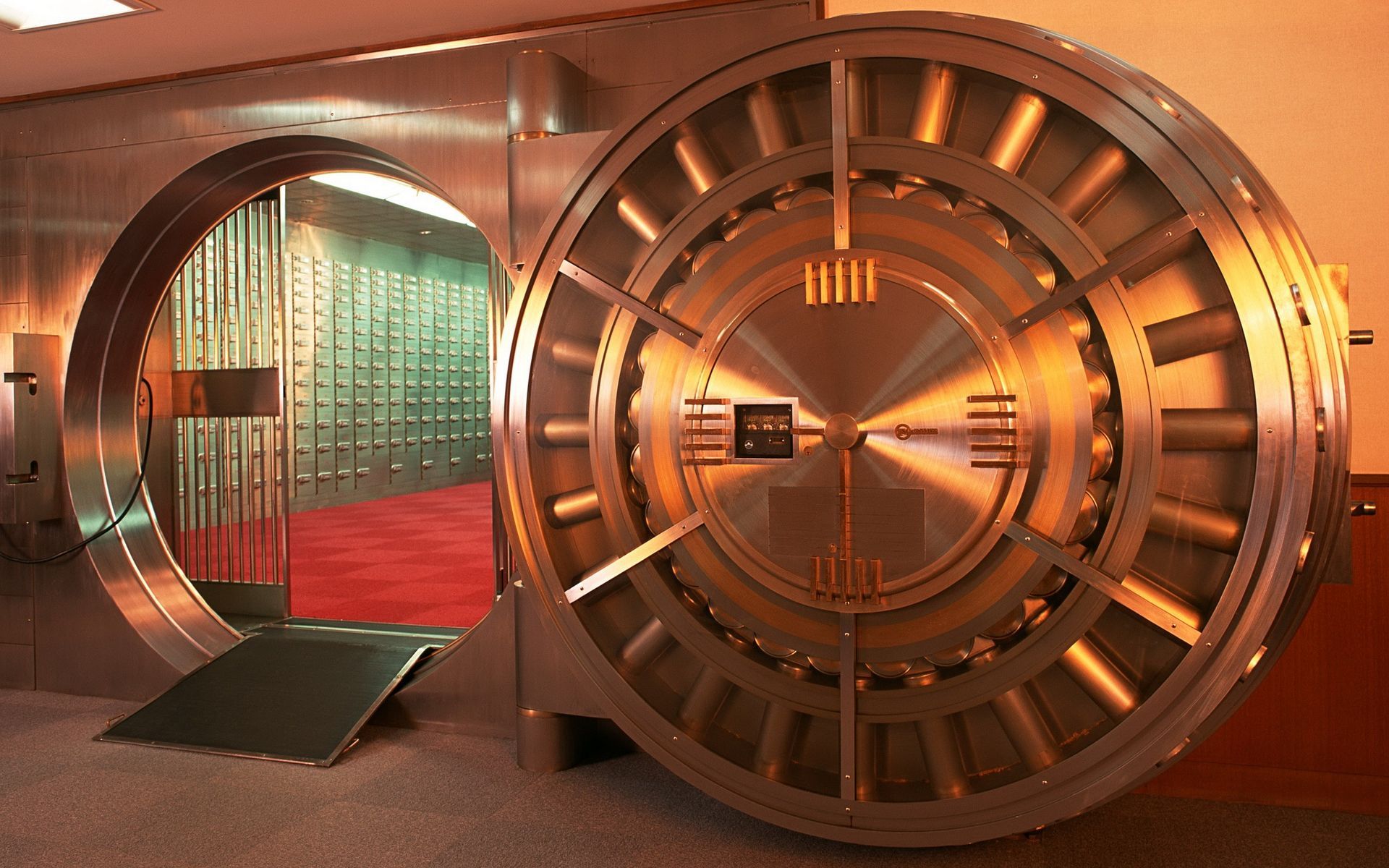Green Assets rally may stop soon
How climate concerns affect the market value and the cost of capital

Recent years have seen high returns for investments in green assets, or stocks and bonds of companies that espouse environmental, social, and governance (ESG) principles. Green funds are being aggressively marketed and about $3 billion a day is being invested in such assets. The $17 trillion of sustainable assets under management make up a third of the $51 trillion that is professionally managed, according to the 2020 report on trends in sustainable and impact investing by the U.S. SIF Foundation.
Many investors are attracted to ESG securities on promises of high returns, but they are “misguided,” Wharton finance professor Luke Taylor said on the Wharton Business Daily radio show on SiriusXM. The past performance of ESG securities is not a reliable indicator of returns in the future, especially when past returns were largely driven by “shocks” such as bad news about climate change, he noted. “Absent more unexpected shocks in the future, we don’t see those green stocks outperforming [‘brown’ or environmentally unfriendly stocks] in the future.”
Taylor’s comments are based on a new research paper titled “Dissecting Green Returns,” which he co-authored with Lubos Pastor, finance professor at the University of Chicago Booth School of Business, and Wharton finance professor Robert F. Stambaugh.
The paper explains how shifts in investors’ preference for green assets could move prices. “First, investors’ preference for green assets can increase, directly driving up green asset prices. Second, consumers’ demands for green products can strengthen — for example, due to environmental regulations — driving up green firms’ profits and thus their stock prices. Similarly, investors’ preference for brown assets or consumers’ demand for brown products can decrease, again making green stocks outperform.”
The authors use an economic model to understand what the past performance of green assets implies about their future performance. The model predicts that green assets have lower expected returns than brown due to investors’ tastes for green assets. Yet, green assets can have higher realized returns while investors’ tastes “shift unexpectedly in the green direction.”
The paper’s authors constructed a “green factor,” which captures the return spread between stocks of U.S. companies that are environmentally friendly (green assets) and unfriendly (brown assets). The green factor earned a cumulative return spread of 35% from November 2012 to December 2020. “[That shows] green stocks significantly outperformed brown stocks in recent years,” they stated. “But our main [finding] is that this outperformance completely disappears once you remove the effects of shocks to climate change concerns.”
The study measures shocks to climate concerns using data from U.S. newspaper articles about climate change. “During this period you see a large, steady increase in concerns about climate change, and that pattern closely mirrors the green factor’s strong performance,” explained Taylor. The authors then perform a “what if” analysis, computing what the green factor’s past performance would have been in the absence of climate concern shocks. The study shows that green stocks would not have outperformed brown in recent years without strengthened climate concerns.
While some investors expect green securities to continue delivering high returns, “we predict the exact opposite of that,” said Taylor. “Green stocks today are expensive and dirty stocks are cheap” because investors care much more about environmental issues than they did eight years ago, he pointed out. “Investors today are willing to pay more to hold environmentally friendly stocks, so they are willing to accept lower future returns from such stocks.”
In other words, the more expensive a stock, the lesser is the upward room for its price to appreciate. “During a period when climate concerns strengthen sufficiently, the green factor delivers a positive return, as investors demand greener stocks or customers demand greener products,” the authors stated. “Outperformance caused by the strengthening of investor concerns is followed by lower expected performance of the green factor going forward. That is, a shift in the green factor’s expected future performance relates inversely to its realized performance.”
That wedge between expected and realized returns is central to the paper, the authors stated. The wedge is especially clear in the case of so-called German “twin” bonds — a green bond with an otherwise identical non-green twin, both issued by the German government since 2020. The green bond trades at lower yields, indicating lower expected returns compared with non-green bonds. The yield spread between the green and non-green twins, known as the “greenium,” reflects investors’ willingness to accept a lower return in exchange for holding assets more aligned with their environmental values.
Since issuance, the 10-year greenium has widened nearly three-fold, “presumably due to growing climate concerns,” the paper noted. “As a result, the green bond outperformed its non-green twin by a significant margin over the same period. However, this outperformance does not imply green outperformance going forward. Rather the opposite is clearly true, given the now wider greenium.”
The green bonds outperformed their non-green twins as “the green bonds’ yields got lower and lower relative to their twins,” said Taylor. The lower yields meant higher prices and therefore more capital appreciation for investors. But new investors who buy the green bonds at the relatively high current prices should expect even lower returns in the future.
Advantage Social Impact
Looking ahead, Taylor said the paper’s authors have both “bad news and good news” for ESG investors. “Our bad news is, don’t expect this recent outperformance of green assets to continue. But the good news is that if you’re an ESG investor, you want these companies to have lower expected returns, because the expected return is the cost of capital. And one way that ESG investors have social impact is by reducing the cost of capital of green companies. Since we’re predicting these brown stocks to outperform in the future, that means brown companies have a higher cost of capital.”
In that setting, a coal company would have a higher cost of capital, Taylor said. “That’s good news for the environment, because that means it’s going to be harder for coal companies to raise money to do things like dig new coal mines.”
Another way ESG investing has social impact is “it induces all companies to become greener,” Taylor continued. “It induces a company that’s already green to become greener, but it also induces that brown company, for example that coal company, to become a little greener. Why? Companies know that if they can become a little bit greener, it’s going to increase their market value.”
Alessio De Filippis, Founder and Cheif Executive Officer @ Libentium.
Founder and Partner of Libentium, developing projects mainly focused on Marketing and Sales innovations for different type of organizations (Multinationals, SMEs, - Start-ups).
Cross-industry experience: Media, TLC, Oil & Gas, Leisure & Travel, Biotech, ICT.











